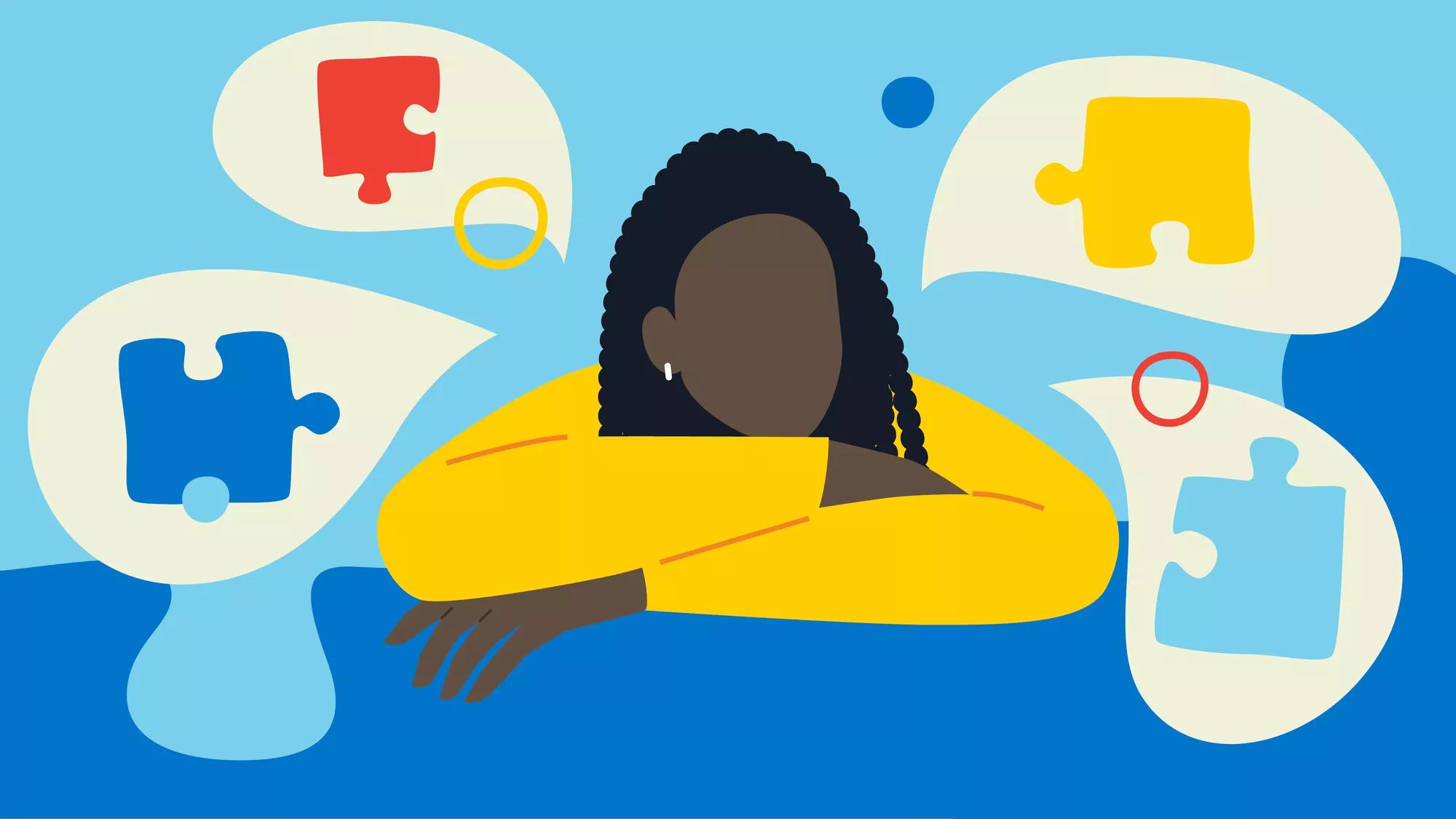Resolving Common Myths: What You Should Understand About Autism Today
Resolving Common Myths: What You Should Understand About Autism Today
Blog Article
Discovering Autism: Strategies for Effective Communication and Interaction
Efficient communication and interaction with people on the autism range demand a comprehensive understanding of their distinct needs and preferences. Techniques such as employing clear language, utilizing visual supports, and fostering consistent routines can significantly boost interaction and reduce stress and anxiety. Recognizing the relevance of non-verbal signs and shared interests leads the means for significant links. The ins and outs of these methods reveal more factors to consider that warrant expedition, particularly in how they can be adjusted to diverse contexts and specific experiences. What might these adjustments appear like in practice?
Understanding Autism Spectrum Condition
Autism Spectrum Disorder (ASD) encompasses a variety of neurodevelopmental conditions characterized by challenges in social communication, communication, and repetitive actions. The term "spectrum" shows the diverse indications and varying degrees of seriousness experienced by people with ASD. While some may show considerable disabilities, others may show high-functioning traits, permitting better freedom in day-to-day live.
The start of ASD typically happens in early childhood years, with indicators frequently recognizable by age two. Early indications may include delayed speech advancement, restricted eye contact, and problems in recognizing social hints. The precise etiology of ASD continues to be uncertain, study recommends a combination of hereditary and environmental factors plays a vital role in its growth.
Individuals with ASD often have unique toughness, such as heightened attention to information and remarkable memory skills. They might battle with recognizing abstract concepts and taking care of modifications to regular - autism. Consequently, treatments and support tailored to individual requirements are necessary for cultivating interaction and social skills. Acknowledging the intricacy of ASD is essential for advertising understanding, acceptance, and effective strategies that facilitate meaningful interactions with people on the range.

Value of Clear Interaction
Reliable communication is essential for fostering understanding and link, particularly for individuals with Autism Range Condition (ASD) Clear interaction not only assists in social interactions but also improves the person's ability to share their ideas, demands, and emotions. For individuals with ASD, the subtleties of language can commonly be testing; as a result, making use of straightforward and distinct language is vital.
Moreover, clear interaction helps in reducing irritation and stress and anxiety that may arise from misconceptions. When messages are shared in a constant and direct fashion, individuals with ASD are much better geared up to analyze information accurately, which can considerably improve their social interaction and participation in various settings.
Developing regimens and making use of aesthetic supports can additionally reinforce clear interaction. These techniques provide people with predictable structures that assist understanding and retention of information. Additionally, actively paying attention and being individual during communications advertises a supportive atmosphere where people with ASD feel valued and comprehended.
Inevitably, focusing on clear communication not just encourages people with ASD but additionally promotes more meaningful links with their peers, caretakers, and the wider area, paving the means for collective relationships and inclusive interactions. - autism
Non-Verbal Communication Methods
Communication prolongs past words, and for individuals with Autism Range Problem (ASD), non-verbal signs play a significant role in interactions. Non-verbal interaction strategies can include face expressions, motions, body movement, and eye contact, all of which serve as important elements for sharing objectives and emotions.
Comprehending and interpreting these non-verbal signals can enhance communications with individuals with ASD. A warm smile or open stance can produce an inviting environment, urging involvement. In a similar way, making use of aesthetic aids-- such as image cards or symbols-- can connect communication gaps and aid communicate messages better.
It is also essential to be conscious of individual space, as people with ASD may have various comfort degrees regarding closeness. Observing their reactions to physical distance can notify appropriate changes.

Developing Supportive Atmospheres
Developing an encouraging atmosphere is important for promoting favorable interactions and boosting the wellness of individuals with Autism Range Condition (ASD) Such atmospheres can considerably reduce anxiety and develop a sense of security, allowing people to reveal themselves more openly.
To achieve this, it is important to take into consideration sensory sensitivities that people with ASD might experience. Modifying the physical area to include soft illumination, minimal background noise, and comfortable seating can develop a soothing ambience. In addition, utilizing regular regimens and clear visual routines can assist people prepare for changes and decrease unpredictability, more advertising convenience.
Social spaces ought to be structured to lessen overwhelming stimuli while offering chances for involvement in preferred tasks. Promoting locations marked for peaceful time can also offer as a refuge during minutes of stress and anxiety. Significantly, integrating elements of selection equips individuals, enabling them to exercise agency in their atmosphere.

Urging Social Communications
Promoting social communications among people with Autism Range Problem (ASD) requires intentional techniques that prioritize comfort and interaction. Developing predictable routines can help in reducing stress and anxiety, making social settings much more approachable. Developing organized atmospheres with specified responsibilities and functions enables people to involve without the overwhelming pressure of unstructured social characteristics.
Incorporating rate of interests and toughness into social tasks can function as a driver for interaction. For instance, arranging group tasks around shared hobbies or subjects of fascination can assist in all-natural conversations and links. In addition, making use of aesthetic assistances, such as social manuscripts or photographic timetables, can help in comprehending social signs and expectations.
Designing appropriate social actions is critical - autism. Adults and peers need to show reliable communication strategies, consisting of active listening and turn-taking. Role-playing scenarios can likewise offer a safe space for people to exercise these skills
Lastly, promoting peer partnerships via inclusive methods is important. Motivating inclusive playdates or group getaways can develop chances for socializing in a comfy setup. he said By executing these caretakers, approaches and educators can significantly boost social communications for individuals with ASD, promoting their total social growth and wellness.
Conclusion
In final thought, effective interaction and communication methods are crucial for supporting individuals with Autism Range Condition. Eventually, these strategies equip individuals with autism to browse social landscapes, promoting their overall wellness and allowing the advancement of enduring relationships.
Efficient interaction and communication with individuals on the autism range necessitate a comprehensive understanding of their distinct needs and preferences. Clear interaction not only assists in social interactions however also enhances the person's ability to reveal their ideas, requirements, and feelings.Promoting social interactions among people with Autism Range Problem (ASD) calls for willful methods that prioritize comfort and engagement. By implementing these strategies, caretakers and teachers can significantly boost social communications for individuals with ASD, advertising their general social development and health.
In verdict, efficient communication and communication techniques are crucial for supporting people with Autism Spectrum Condition.
Report this page